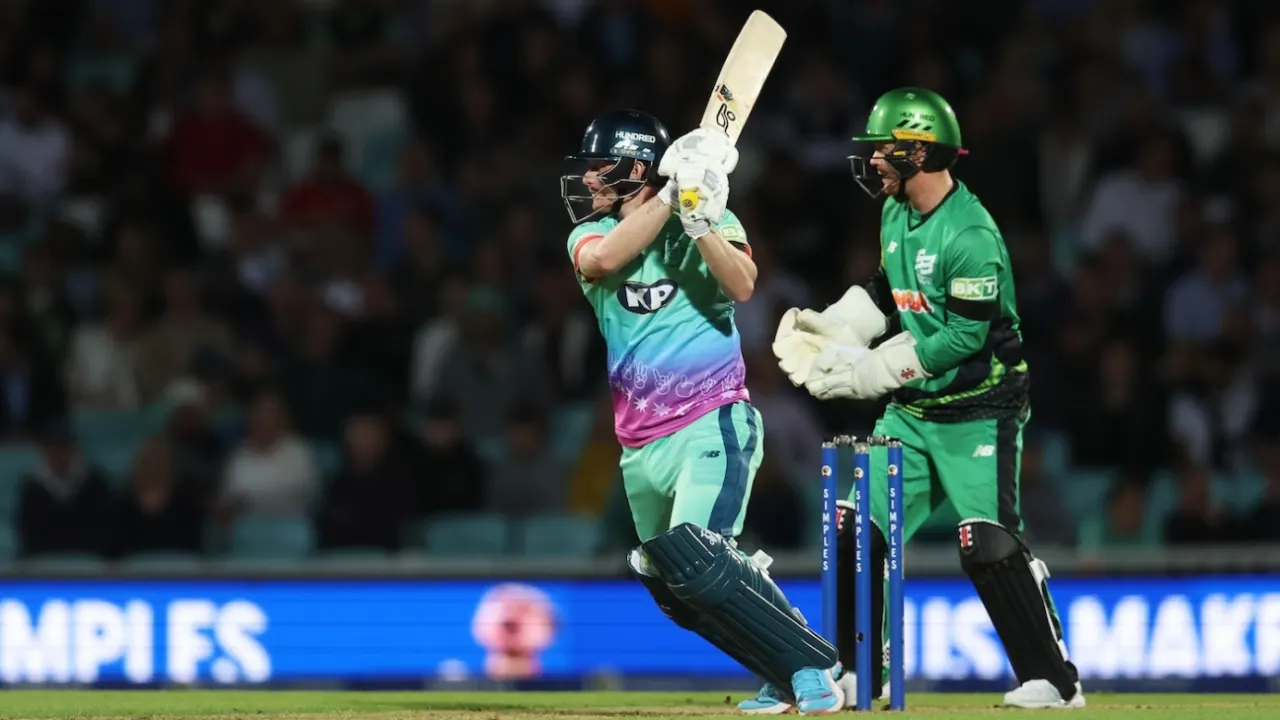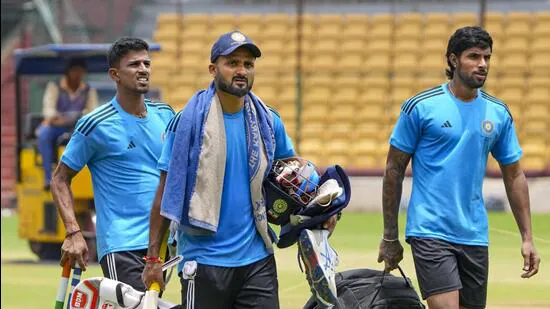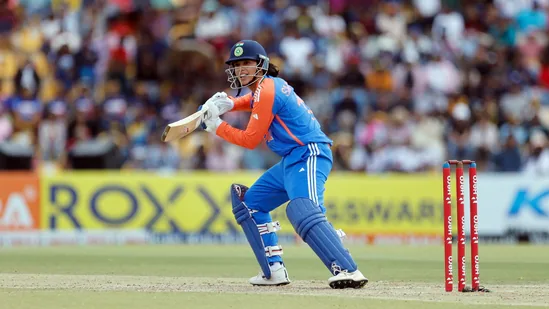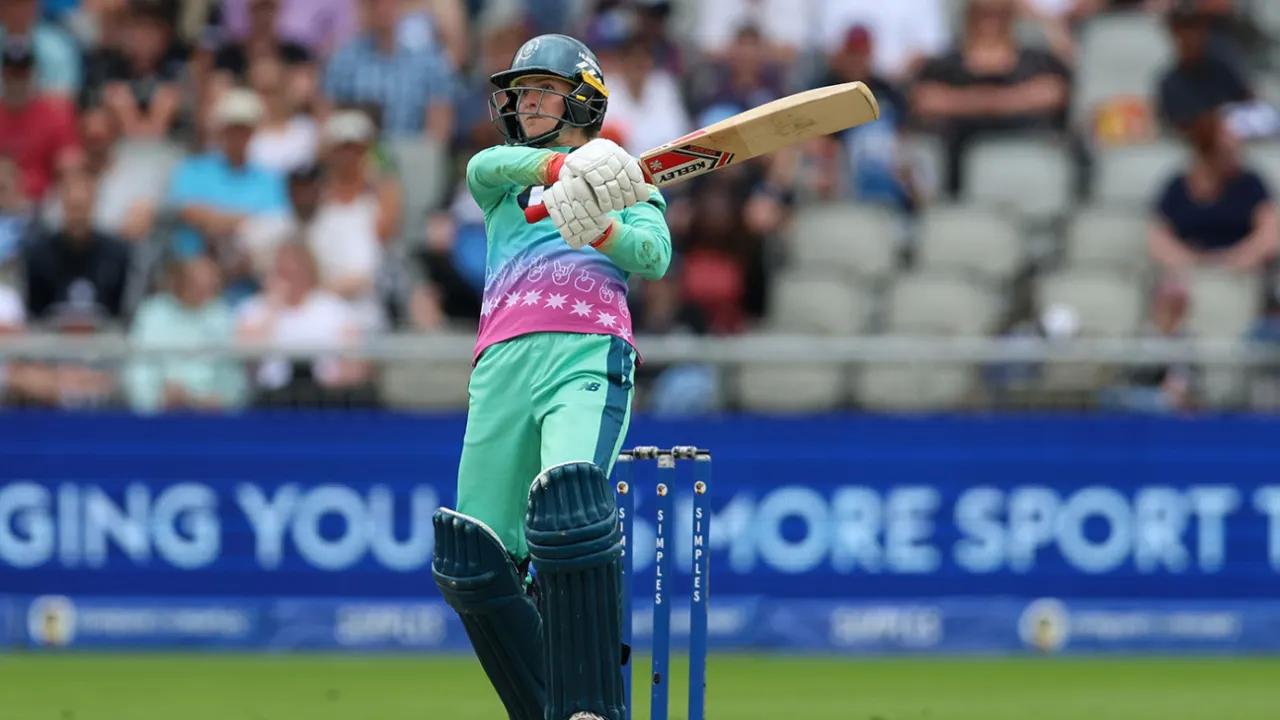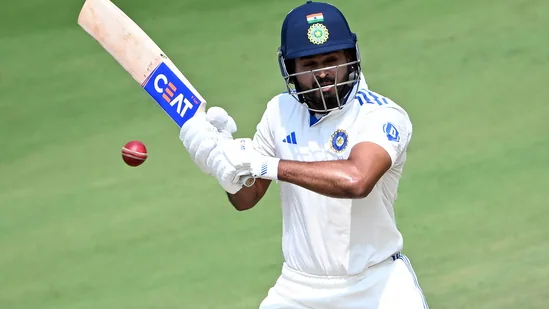The Evolution of India's Attitude Toward Bowlers as Exemplified by Jasprit Bumrah
With just two days until the first Test against New Zealand, Bumrah's bowling workload is being carefully managed based on scientific data. A wearable GPS device has tracked his 49 overs in the recent twin Tests against Bangladesh, as well as his training sessions, to determine the optimal amount of bowling he can handle without overstraining his body. This data will help ensure that he is in peak condition for the upcoming match.
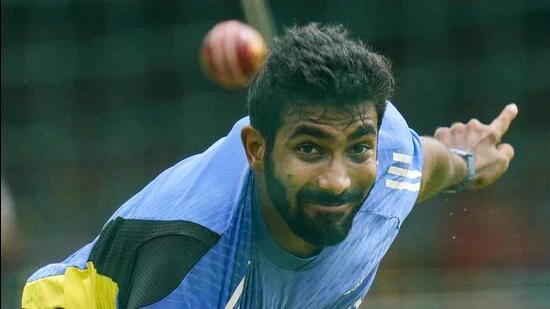
India’s workload management protocols are implemented thoroughly, and they would have powered Bumrah’s desire to lead not just the bowling group but the Indian Test team if an opportunity was to arise. Following consultations with the pace ace, the national selectors have named him as the vice-captain of the series, and one understands if things go to plan, Bumrah is the Test captain-in-waiting once Rohit Sharma, 37, hangs up his boots
One felt it was nigh impossible sixteen months back when Bumrah was still undergoing rehab from recurring back troubles which had forced him to undergo surgery. From the time he returned, beginning with the T20Is against Ireland, last August, the speedster has been as good as new.
Bowling workload has been the only deterrent to Bumrah becoming a serious leadership candidate. His signature bowling action, now a thing of legend and copied by teens around the cricketing universe, exerts considerable pressure on his body. An all-format star, captaincy would force him into being available all the time, putting his overall fitness at risk; it was thought.
Pat Cummins is the only fast bowler in the current generation captaining his side. Cummins has had to deal with serious back issues in the past but he has been Australia’s captain for three years now and he’s led them to many major title triumphs.
It might even be argued that the Australian skipper has shown through his leadership acumen that an innate understanding of working the batter out to get a wicket can translate in reading the game situation wisely. If the fast bowler can lead a group of players equally well, his bowling workload shouldn’t be an obstacle to leadership ambitions.
Conversely, Tim Southee has recently handed New Zealand’s captainship armband to Tom Latham. In his case, Southee’s lost form and rhythm, and at 35, is approaching the wrong end of thirties.
Shubman Gill, India’s white-ball vice-captain and Rishabh Pant were the other contenders considered by the selectors. But Bumrah’s unparalleled ability to think on his feet with the ball in hand, no matter the conditions, irrespective of formats or make of the ball; showing the way to the rest of the bowling group has tipped the scales in his favour.
“It’s just the confidence that he has in his ability. He’s never in doubt. That reflects in the way you see him on the ground. And that’s because of his leadership skills. He is an out-and-out leader in the team. You need someone like him. Someone who has so much experience, you want him to share that experience with the other kids around. Whenever I see Bumrah, I see a leader on the ground,” Paras Mhambrey, former India bowling coach, recently told HT.
COPING WITH WORKLOAD
What’s also encouraging is Bumrah’s body has learned to cope with sustained workload better than before. In the 63 Tests India has played since Bumrah made his debut in Jan 2018, he’s missed 25 Test matches. But since returning from injury, Bumrah has played in all but one of the 9 Tests.
Previously, Bumrah would be preserved for SENA (South Africa, England, New Zealand and Australia) countries and frequently rested at home Tests where spinners have a much greater say. In the recent five-match Test series, Bumrah’s workload was only managed for the Ranchi Test. He played both Tests against Bangladesh. Against New Zealand, he’s expected to play the entire series.
It may also be a case of his body’s acceptance of consistent workload. Zaheer Khan had famously termed his six-days-a-week county cricket workload as the turning point behind his improved bowling fitness after suffering injuries and slump in form. Zaheer was 28 then. Bumrah is 30.
“This is the age of the bowlers,” Gautam Gambhir, India head coach told reporters on Monday. “Batters only set up the matches. It’s very important for our batsman-obsessed attitude to end. If the batters make 1000 runs, there’s still no guarantee that the team will win a Test match, but if a bowler takes 20 wickets, there’s a 99% guarantee that we’ll win the match. Be it Test matches or any other format, bowlers win you tournaments. So, I hope this era or the upcoming ones, we’ll talk more about bowlers than batters. And I hope the mindset changes over time.”
Leading this change of mindset is the man with the awkward yet effective bowling action; an action that has helped him pick up 170 Test wickets in 38 Tests at an average of 20.18 and show that he is capable of so much more.
Stay informed with the...RELATED STORIES
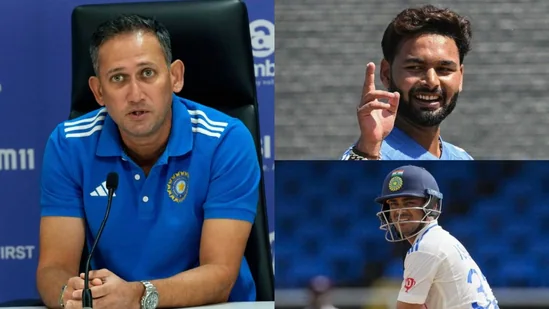
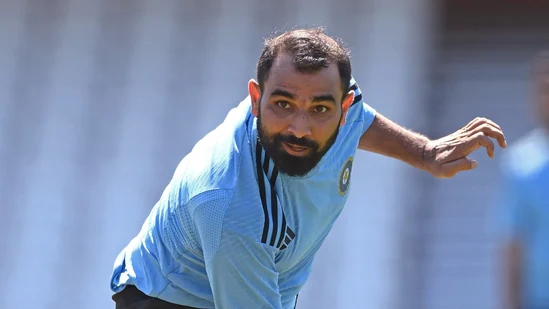
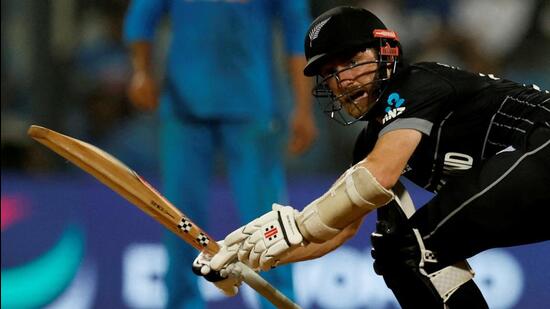
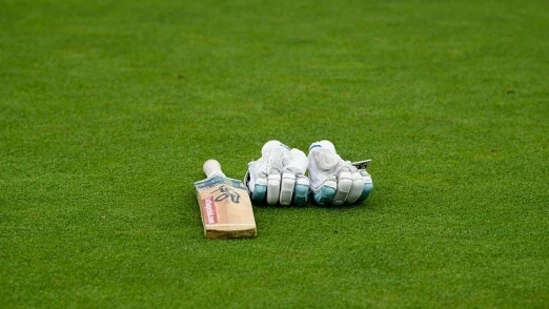
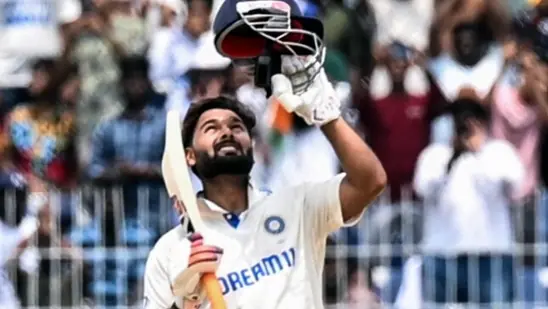
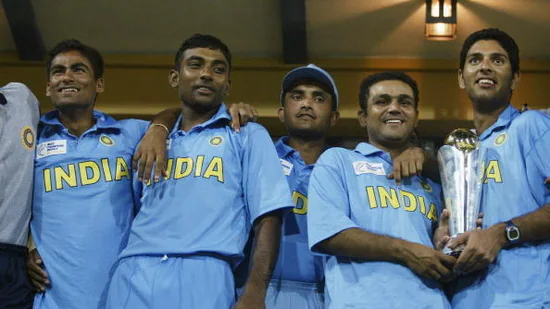
LATEST NEWS
